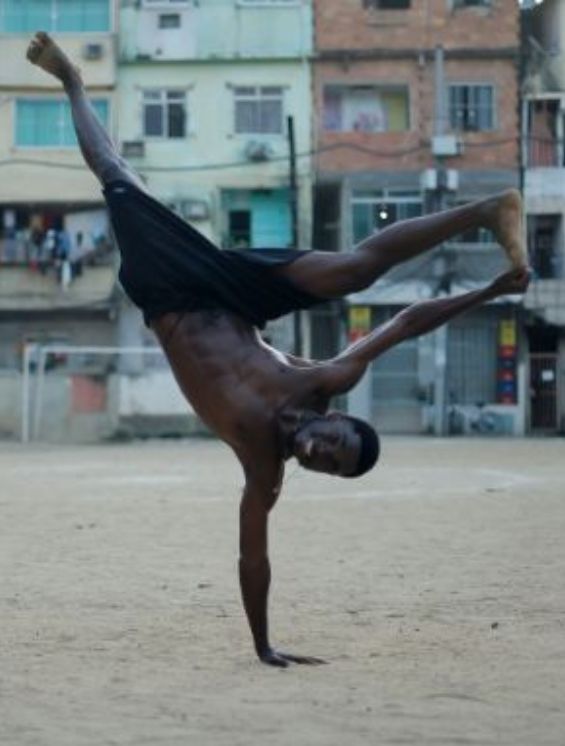Julia and her tropicality composing Fado Tropical.

Text and curatorship by Julia Sandim
I wasn’t familiar with the concept of curatorship until some time ago. These days, amid broad offers from social media and platforms such as Pinterest, Tumblr and Instagram, the habit of gathering images in lots of pages – visual mood boards that aesthetically match ? is as natural and automatic as sliding your finger to update the feed. Many of the pages regarding creative, vintage or current cultures have as their source social media ? which also applies for the other way around.
Thus the selection of images for Fado Tropical began before I even created the page. Tumblr is a platform that offers diverse content: images, quotes, texts, videos and audios that make it possible for one to keep an archive that mixes and matches all kinds of content. Besides photographs of foreign and brazilian photojournalists that had visited both South America and Brazil, Tumblr is where I, Julia, started to discover literature, music and visual arts.
At first I wouldn’t pay attention to dates? photographs would only attract me through aesthetics. But then I started to get fascinated by how many of them would look like my own memories but in different times and with different people in them ? the spaces, however, were the same. Photographer Bruno Barbey was responsible for capturing some of these moments. When I first saw the picture of the young couple in the carnaval of 1980, I remember to identify the landscape behind them, a well known place, where I could see myself every morning when I would come back home from Central do Brasil 40 years later.
The fascination for shared memories began to grow as more and more images reminded me of the habits in Rio de Janeiro urban life as well as those from another personal phase during my stay in the Amazon region, where instead of waiting for the dawn to go back home in an one-hour trip inside of a bus, I got my leisure moments from the tranquility of having the river Negro like a pool in my backyard.
All of this was like records of different spaces-times, like a prelude of what my routine would be, my way of living two extremes of a map. Mine and the other Brazilians.
Not only documental photography but a whole possibility of expressing yesterday which translates into today and unites us in physic spaces far from each other.
Colombian author Gabriel García Márquez, my favorite one, is considered the precursor of magic realism in Latin America literature. In the book One Hundred Years of Solitude, in the made up town of Macondo, there is a plot on the strike held by the employees of a banana extraction company. Needless to say that when I first saw the picture below, taken in Salvador in the 80s and exhibiting a truck full of bananas, the first thought that came to my mind was the imaginary and magical Macondo. How is it that a simple tropical fruit ? besides the allusion to the “banana republic” present in the book, which is a pejorative way to refer to latin countries politically unstable ? can represent a connection between an imaginary and a real place?
Our past dictates cultural manifestationsof the present and the future.
Beyond the aesthetics resource, the images are responsible for documenting the formation of visuals and different ways of living that have surpassed our inner and imaginary boards even after decades. And what is our identity as Brazilians? Well, besides elements like carnaval, samba, the Amazon, soccer, a tropical cat, “sensuality”... Which other images are present in our inconscient?
Gabo, as the writer is affectionately called, declared during an interview back in 1996 that nostalgia is the main raw material of everything he ever wrote. Nostalgia for what I have and have not lived is, in my case, also the biggest inspiration besides the search for representation ? a way of escaping in order to (re)visit places, landscapes and known feelings. A place under a palm tree inside of a hammock’s swing, listening to a Caetano song in Gal’s voice, the voices of hawkers, a woman sitting by the window looking at the street, some boys swimming in a river, or even the taste of clove and cinnamon.
In contrast to how easy it is to access media on the internet via Instagram, for example, based on algorithms that encourage a process of publishing that searches for engagement, content curatorship still is an activity that demands the sensibility of human observation. Such imaginaries and visuals from whatever is daily and habitual, once having its apparent simplicity surpassed, have the power of inspiring and creating ? though whatever isn’t seen is often understood as a synonym of creation and innovation. New narratives constitute a branched process much wider.











